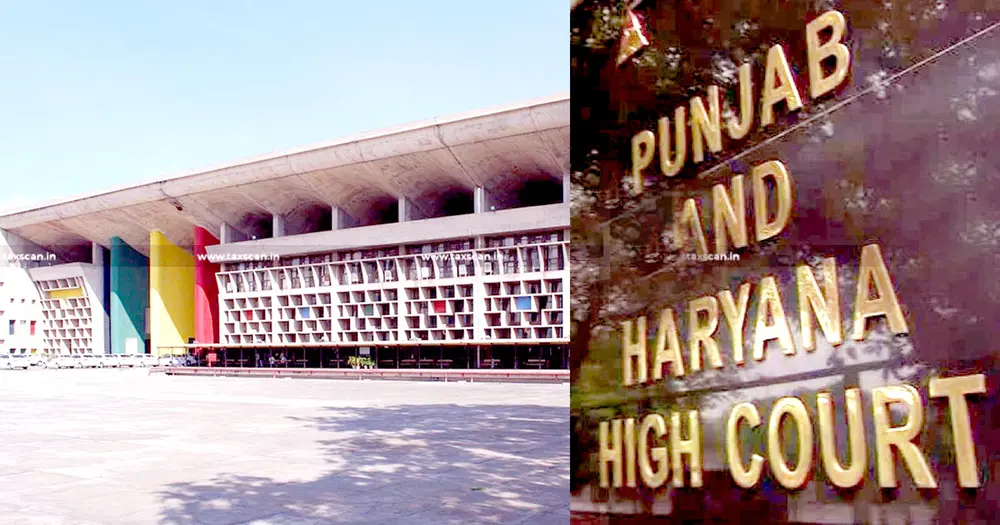
Why did the Punjab and Haryana High Court call cybercrime a ‘silent virus’ for ‘Digital India’?
Chandigarh, July 5 – The Punjab and Haryana High Court has compared cybercrime to a ‘silent virus’. Justice Sumit Goyal observed that cybercrime “erodes public trust in digital financial transaction platforms,” which is not just an individual financial loss but a systemic threat to the fabric of Digital India.
Chandigarh, July 5 – The Punjab and Haryana High Court has compared cybercrime to a ‘silent virus’. Justice Sumit Goyal observed that cybercrime “erodes public trust in digital financial transaction platforms,” which is not just an individual financial loss but a systemic threat to the fabric of Digital India.
The element of trust in law is very important as digital systems, like payment gateways, online banking, e-wallets, work on the assumption that users’ data and money are safe. When cyber frauds increase, they create suspicion and fear and discourage people from using digital services. He said this hinders the country’s digital development objectives.
This is the reason why the courts see cybercrime differently from traditional crimes like theft or fraud.
Why the term ‘silent virus’?
Justice Goel’s ‘silent virus’ analogy reflects several legal and practical realities: Cybercrime often operates invisibly, without any physical traces, much like a virus silently spreading through a system before it is detected.
A cybercrime can harm hundreds or thousands of victims simultaneously with a single digital act. The damage extends far beyond money, shaking trust in institutions, financial platforms, and the wider digital economy.
Unlike traditional crimes where a stolen wallet affects only one individual, cyber fraud can compromise entire payment systems or user databases, creating cascading effects across society and institutions. Legally, this defines cybercrime as a crime that not only threatens individuals but also systemic public interests.





